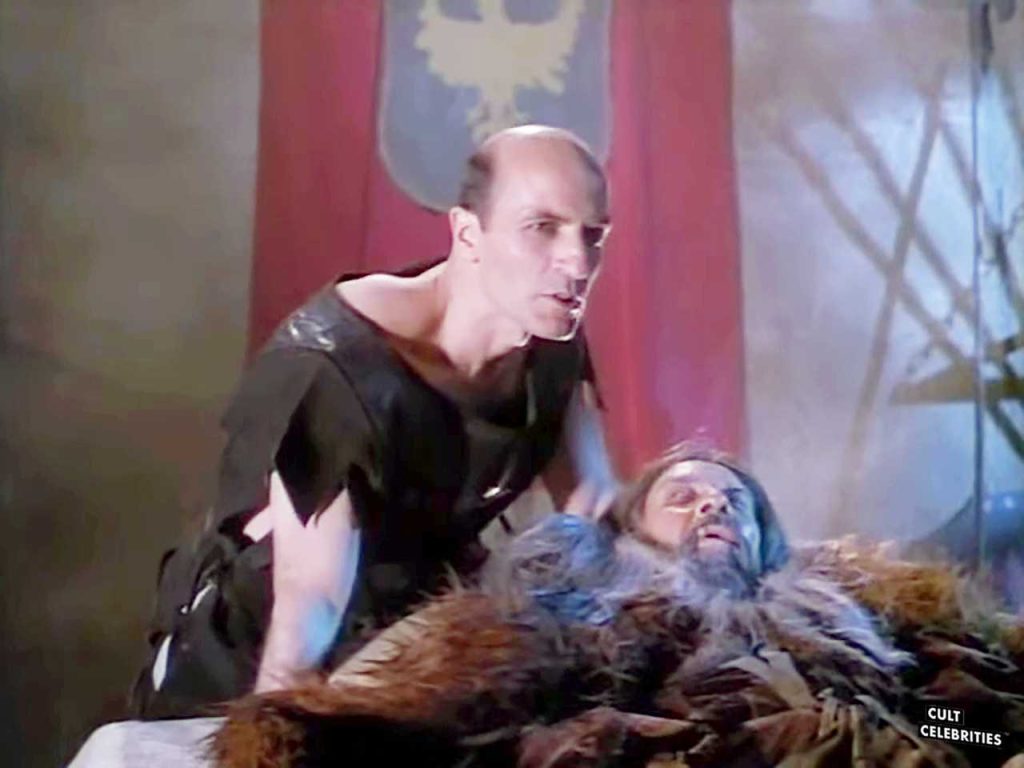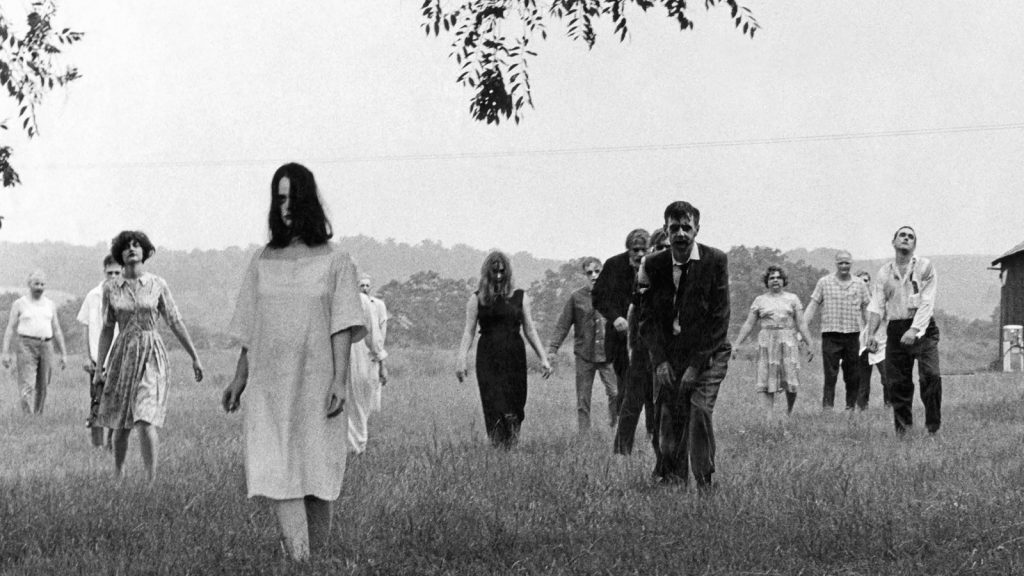Notes from a Mystery Science Theater 3000 Addict

Living With MST3K as Background Noise
I watch a ridiculous amount of Mystery Science Theater 3000 and RiffTrax. Not “I’ve seen a few episodes” — I mean, they’re on in the background pretty much all the time. I fall asleep to them, I cook with them playing, and there’s a decent chance one is on while you’re reading this.
After years of that, you stop being just a fan and turn into a kind of connoisseur of bad movies. You start to notice patterns. Not just that the movies are terrible — that’s the obvious part — but the specific ways they’re terrible, and the choices that make them fail.
One pattern jumps out: most of the films they tackle are some flavor of science fiction or fantasy. Swords, sorcerers, rubber aliens, space captains in spray-painted jumpsuits, you name it. That’s not an accident. That’s the system working exactly the way it’s designed.

Why It’s Almost Always Sci-Fi or Fantasy
Think about it: if you’re making a courtroom drama, a war film, or a medical story, you at least have to pretend to care about reality. You need to research procedure, uniforms, equipment, basic timelines. If you get it completely wrong, people notice immediately.
With low-budget sci-fi and fantasy, you don’t have that problem. There is no reality. The story can do whatever it wants. If the plot gets stuck, you invent a magic amulet, a space ray, a prophecy, or a new alien species five minutes before shooting. Congratulations, you’ve “fixed” your story by stapling more nonsense onto it.
That’s how you end up with these movies that are basically one long, continuous plot hole. I’m watching “Deathstalker and the Warriors from Hell” right now, as I write this. Nothing about it is smart. Nothing about it is grounded. There’s no internal logic, no real sense of consequence. It’s just: new character, new quest item, new fight scene, repeat until the runtime is over. The acting is poor, the sets are poor, the costumes and makeup: poor. Story: absurd. Deathstalker is the protagonist, but he is a loathsome actor playing a dumb character you want to look away from every time he’s on screen. The antagonist is just as bad. As is everyone except a guard that’s in the movie for about 1 minute. And the final swordfighting scene between the two, all 10 minutes of it, is literally the worst I have ever seen. It takes the gold. It’s so bad, unintentionally funny.

Peak ‘we’ll fix the story with a magic rock’ energy. Baldie here is the “antagonist.”
Competent Enough to Film, Not Competent Enough to Care
There’s an interesting tension with a lot of these directors and producers — people like Roger Corman, Ed Wood, and others in their orbit. On one hand, they have a real skill that most people don’t: they can actually get a movie made. That alone is a big deal. Scheduling, casting, costumes, sets, cameras, editing — it’s hard work just to get anything on film.
But once you get past that basic competence of “we made a thing,” it’s amazing how incompetent the actual craft can be. Scripts that feel like they were written in a single sitting. Dialogue that sounds like it was translated from English into English. Blocking that makes no sense. Scenes stitched together with all the care of a ransom note.
Mystery Science Theater’s Thanksgiving specials on YouTube really highlight this. They’ll run little behind-the-scenes segments before the movie: interviews with actors, directors, and whoever is still around. You hear them talk about shooting schedules like, “We wrote it over a weekend and shot it in a week.” And it shows. Track of the Moon Beast literally was written in a weekend and filmed out west in what feels like the time it takes to make a decent sandwich.
When Bad Becomes Fun (and When It Doesn’t)
Not all incompetence is created equal. Some movies are so off-the-rails that the camp factor actually becomes part of the charm. “Plan 9 from Outer Space” is a classic example. You can’t really argue that it’s good, but the earnestness and the weird little choices somehow add up to something memorable.
Sometimes all the cheapness and awkwardness combine into something greater than the sum of its parts. “Night of the Living Dead” is the canonical example of a low-budget horror film that punched way above its weight. There’s a long list of movies where the limitations force creative decisions that actually help the story.
Then you have something like “Deathstalker and the Warriors from Hell.” Even Joel Hodgson has called it one of the most ambitiously bad movies they’ve done. The sets look like a high-school play that blew the budget on smoke machines. The costumes are awful. The casting makes no sense. The script is a mess. The acting, filming, lighting, and effects are all varying shades of terrible. It’s not even fun-bad most of the time; it’s just distracting. There are moments I still skip because the cringe is too strong, even after multiple viewings.

No Research, No Rules, No Problem (Until You Watch It)
Here’s what all these movies usually have in common: nobody did any real research. They didn’t bother to understand the world they were building, or even the basics of the subject matter they’re faking.
If you’re Ridley Scott making “Gladiator,” you at least pretend to care about Rome, armor, tactics, and the feel of the period. You still take liberties, but the foundation is there. You’re not writing it in a weekend and wrapping filming in five days because you found a cheap quarry and some leftover costumes.
The bargain with these cheap sci-fi and fantasy films is: we don’t have to know anything, because we can just make everything up. The problem is, if you don’t know anything and you don’t care, the audience eventually feels it. The story stops feeling like a story and starts feeling like improv with props.
Same Laziness, Bigger Budgets: The CGI Version
This isn’t just a relic of the B-movie era. You see the same mindset in modern big-budget CGI disasters. The scale is different, but the underlying behavior is the same: rush the project, skip the groundwork, and hope the effects department bails you out.
Take “The Scorpion King” and the infamous CGI version of The Rock at the end of “The Mummy Returns.” At the time, he was still wrestling full-time. He wasn’t available to spend days on set getting scanned, motion-captured, and used as proper reference. So the visual effects team basically had to guess. They did the best they could with almost nothing — and it shows.
That’s how you end up with a movie that costs hundreds of millions of dollars and a final boss that looks like a PlayStation 2 cutscene. It’s not that the artists were incompetent. It’s that they didn’t have the time, material, or leadership to do it right.

This Is a Project Management Problem
Underneath all the rubber suits and laughable dialogue, a lot of bad movies are just bad projects. Tight, unrealistic timelines. Scripts rushed out over a weekend. No room to iterate. No margin for people to do their jobs well.
In theory, somebody is supposed to own that — a producer, a line producer, someone on the studio side whose job is to say, “We can’t do this in that time with this money.” In practice, it often feels like nobody wants to be the adult in the room. So the machine lurches forward anyway, and everyone does what they can to hit the date.
Mystery Science Theater and RiffTrax are, in a weird way, long-running case studies in what happens when you treat film production like a speedrun. The riffs are the commentary track on failed planning.
The New MST3K: What Worked and What Didn’t
When Joel brought MST3K back with Kickstarter seasons and then the Netflix run, I was hopeful. And to be fair, there are a few solid episodes in those later seasons. The core idea still works: people in space making fun of bad movies is evergreen.
But overall, the show started to feel weaker with each new batch. The writing got thinner, the timing got looser, and something in the tone shifted. They also leaned harder into a kind of modern, self-conscious, “woke” sensibility that, for me, just didn’t fit the show. I’m not saying every joke has to punch down, but MST3K was never supposed to sound like a risk-managed corporate Twitter account.
In this case, I do think the politics and the tone hurt the comedy. The show used to feel like a bunch of weirdos in the back row of a dying theater, saying whatever popped into their heads. The newer version often feels like it’s checking itself mid-sentence. You can feel the brakes getting pumped.
So Why Do I Keep Watching?
Given all that, why do I still have these movies on almost nonstop? Part of it is comfort. Once you’ve seen a film with a thousand plot holes, it becomes white noise. You don’t need to track every beat. The riffs are familiar. The rhythms are predictable. It’s like having a very broken, very funny radio station dedicated to failure.
But there’s another reason: if you care at all about how stories and projects come together, bad movies are educational. They show you exactly what happens when people cut corners, don’t do the homework, and push ahead with no time, no research, and no real plan. You start to see the same failures everywhere — not just in old fantasy movies, but in modern blockbusters, TV shows, and even in non-creative work.
So yes, most of these films are lazy sci-fi and fantasy held together with duct tape and wishful thinking. They’re full of plot holes, bad acting, and worse decisions. But through MST3K and RiffTrax, they accidentally become something useful: a running, hilarious reminder of what happens when you skip the hard parts and hit “record” anyway.
For reasons of marketing, and not logic, MST3K has tried to make itself a “Thanksgiving Tradition.” SO there are currently tons of packaged movies for Thanksgiving on YouTube right now. After overeating, it is nice to put on some Manos, and take a nap.
